Researchers at the University of Tokyo removed the extra chromosome from trisomy 21 (Down syndrome) human cell lines, restoring normal gene expression.
From PNAS Nexus 25/02/25 (first released 18/02/25)

Gene editing techniques may eventually allow trisomy to be treated at the cellular level, according to an in vitro proof-of-concept study.
Down syndrome is caused by the presence of a third copy of the 21st chromosome.
The condition occurs in approximately 1 in 700 live births and is relatively easy to diagnose at early stages of development.
However, there are no treatments.
Ryotaro Hashizume and colleagues use the CRISPR-Cas9 gene editing system to cleave the third chromosome in previously generated trisomy 21 cell lines derived from both pluripotent cells and skin fibroblasts.
The technique is able to identify which chromosome has been duplicated, which is necessary to ensure the cell does not end up with two identical copies after removal, but instead has one from each parent.
The authors were able to remove duplicate chromosomes from both induced pluripotent stem cells and fibroblasts.
Suppressing chromosomal DNA repair ability increased the rate of duplicate chromosome elimination.
The authors show that the chromosomal rescue reversibly restores both gene expression and cellular phenotypes.
The approach is not yet ready for in vivo application, however, in part because the current technique can also change the retained chromosomes.
According to the authors, similar approaches could eventually be used in neurons and glial cells and form the basis of novel medical interventions for people with Down syndrome.
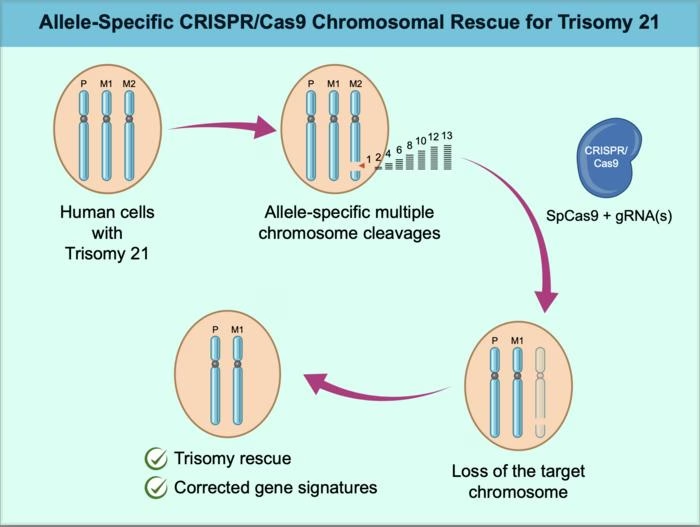
More info
You may also be curious about:
-
New brain-reading video game reduces chronic nerve pain
-

Black tea and berries could contribute to healthier aging
-

Viral mouth-taping trend ‘sus’ says Canadian sleep expert
-
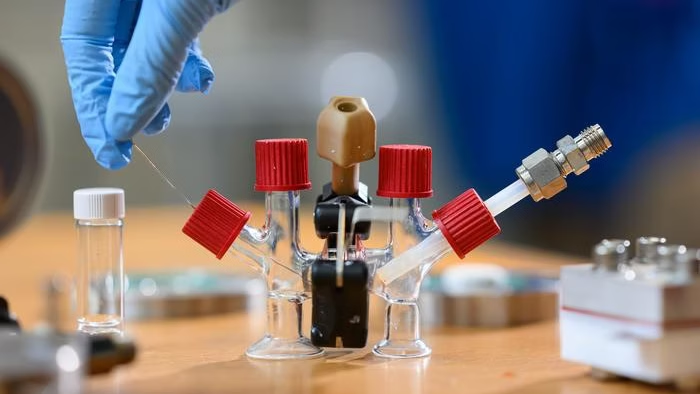
New sodium fuel cell could enable electric aviation
-

The most extreme solar storm hit Earth over 14,000 years ago, scientists identify
-
Electronic face tattoo gauges mental strain
-

Solitonic superfluorescence paves way for ambient temp quantum computing
-

Cosmic mystery deepens as astronomers find object flashing in both radio waves and X-rays
-

The rotors are also the wheels on this morphobot
-

Bed bugs are most likely the first human pest, 60,000 years and counting
-

What lurks beneath? Only 0.001 percent of the deep seafloor has been imaged
-
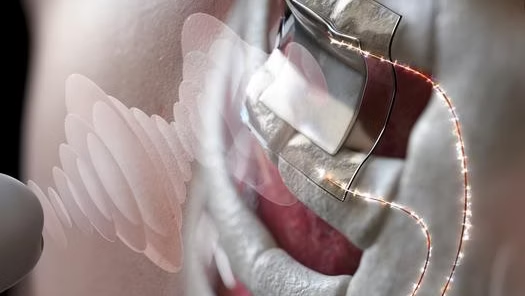
Ultrasonic wireless charging for implanted medical devices

Hey there! I just wanted to ask if you ever have any issues with hackers? My last blog (wordpress) was hacked and I ended up losing several weeks of hard work due to no data backup. Do you have any solutions to prevent hackers?
I like what you guys are up also. Such intelligent work and reporting! Carry on the excellent works guys I have incorporated you guys to my blogroll. I think it’ll improve the value of my web site :).
Have you ever considered publishing an e-book or guest authoring on other blogs? I have a blog centered on the same subjects you discuss and would really like to have you share some stories/information. I know my visitors would value your work. If you are even remotely interested, feel free to shoot me an e mail.
Thank you for sharing excellent informations. Your website is so cool. I’m impressed by the details that you’ve on this website. It reveals how nicely you understand this subject. Bookmarked this web page, will come back for more articles. You, my friend, ROCK! I found simply the information I already searched all over the place and simply could not come across. What a great site.
Please let me know if you’re looking for a writer for your site. You have some really good articles and I believe I would be a good asset. If you ever want to take some of the load off, I’d absolutely love to write some material for your blog in exchange for a link back to mine. Please shoot me an e-mail if interested. Cheers!
Hello! This is my first visit to your blog! We are a group of volunteers and starting a new project in a community in the same niche. Your blog provided us useful information to work on. You have done a marvellous job!
me encantei com este site. Pra saber mais detalhes acesse nosso site e descubra mais. Todas as informações contidas são informações relevantes e diferentes. Tudo que você precisa saber está ta lá.